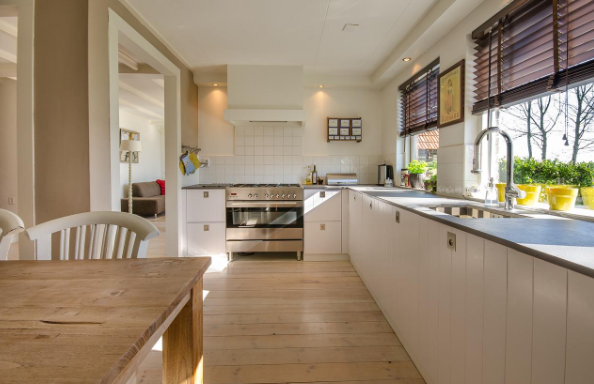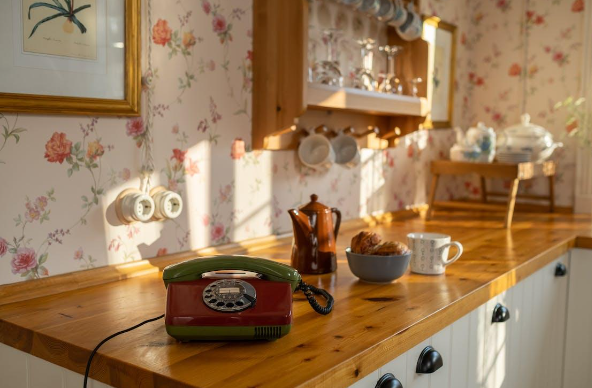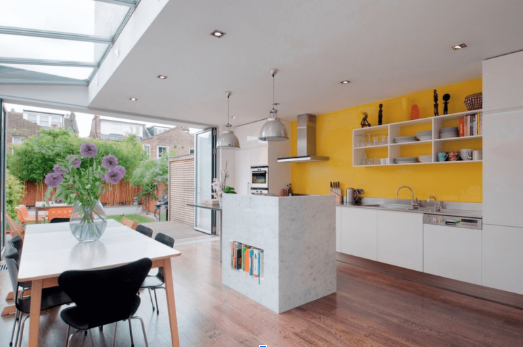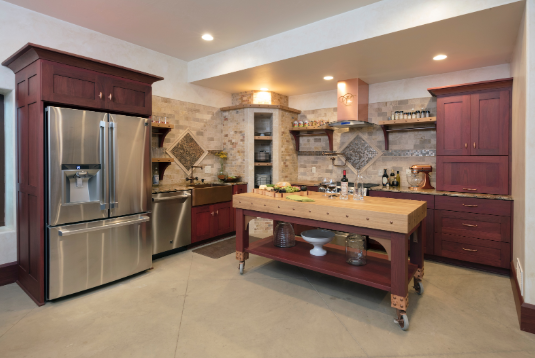When it comes to kitchen design, every choice matters, from the color of the walls to the type of countertops. Among these choices, selecting the suitable wood for your butcher block can significantly impact your kitchen’s overall aesthetics, functionality, and durability. This article explores the age-old dilemma of walnut vs. other woods and helps you decide the perfect butcher block for your culinary haven.
The Appeal of Butcher Blocks
Butcher blocks have long been a favorite among homeowners and professional chefs alike. Their enduring popularity is attributed to their durability, aesthetic charm, and remarkable functionality. Whether you are chopping vegetables, kneading dough, or just adding warmth to your kitchen, a butcher block can do it all.
Walnut Wood: Characteristics and Benefits
Let’s begin with walnut wood. Renowned for its rich, dark color and striking grain pattern, walnut is a favorite among those seeking a touch of elegance in their kitchens. Beyond its aesthetic appeal, walnut wood is known for its durability. It can withstand years of chopping, slicing, and dicing without showing excessive wear. Moreover, its tight grain structure means fewer visible knife marks. When it comes to moisture resistance, walnut fares well, too, making it a suitable choice for kitchen environments.
Alternatives to Walnut
While a walnut butcher block is undeniably attractive, it’s essential to consider other wood options. Maple, cherry, and oak are all popular choices, each with its unique characteristics and benefits. Maple, for instance, offers a light and bright appearance, ideal for creating a fresh, contemporary kitchen look. Cherry, on the other hand, boasts a rich, reddish hue that darkens with time, adding character to your space. Oak, known for its strength and durability, provides a timeless, rustic feel.
Aesthetic Considerations
The aesthetics of your kitchen play a crucial role in determining the wood for your butcher block. Walnut’s deep, dark color can add a touch of luxury and sophistication to your kitchen, making it an excellent choice for those seeking a classic or modern look. In contrast, lighter woods like maple and oak can create a more airy and casual atmosphere, perfect for country-style kitchens.
Durability and Maintenance
When selecting a wood type for your butcher block, consider how it will perform in your kitchen. Walnut is renowned for its durability, resisting scratches and moisture damage. However, it’s not the only wood that can stand up to the challenges of the kitchen. Maple, cherry, and oak also offer impressive durability. Maintenance-wise, all these woods require similar care: regular oiling and gentle cleaning.
Price and Availability
Price and availability can be essential factors in your decision. Walnut tends to be on the higher end of the price spectrum due to its popularity and limited supply. If you’re on a budget, maple and oak are more budget-friendly options that offer excellent durability and aesthetics.
Personal Preferences and Cooking Habits
Ultimately, the choice between walnut and other woods should align with your personal preferences and cooking habits. Consider how you use your kitchen and what appeals to your senses. Whether it’s the dark elegance of walnut or the light charm of maple, your choice should reflect your unique lifestyle.
Sustainability and Eco-Friendly Choices
For eco-conscious consumers, it’s essential to consider the sustainability of the wood. While walnut is a beautiful choice, it’s not always the most environmentally friendly option. Maple and oak, on the other hand, are often more sustainable choices with responsible harvesting practices in place.
Conclusion
In the end, the decision between walnut and other woods for your butcher block is a personal one. Each wood type has its unique charm, benefits, and considerations. Whether you opt for the timeless beauty of walnut, the light elegance of maple, or the rustic allure of oak, your butcher block should reflect your style, values, and culinary aspirations. So, choose wisely, and let your kitchen become the heart of your home.











